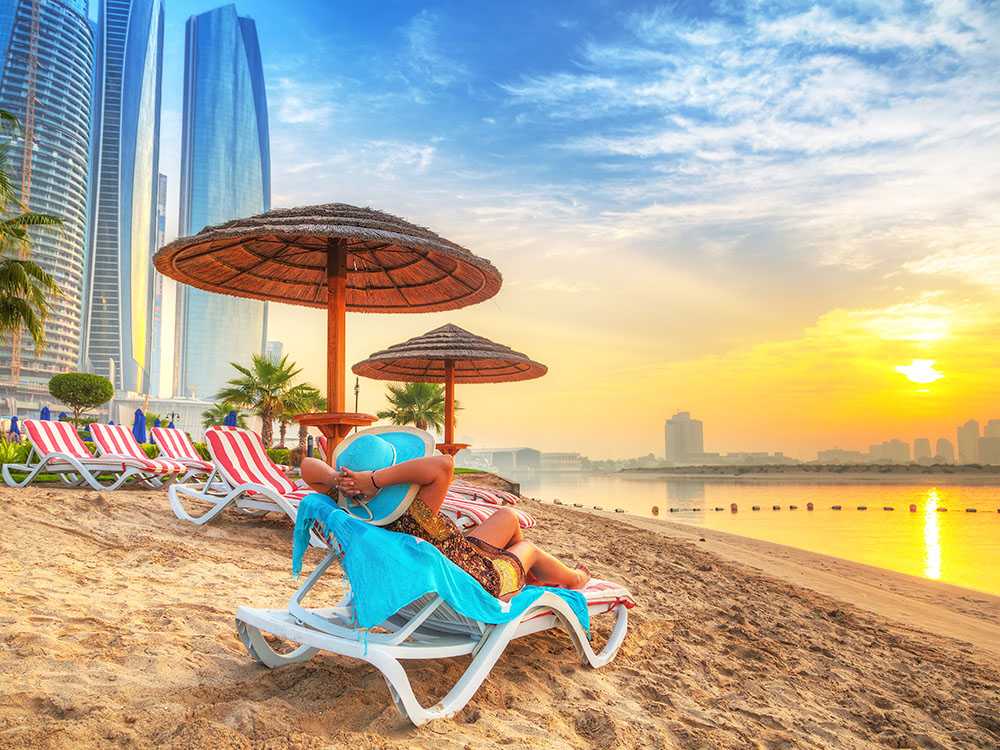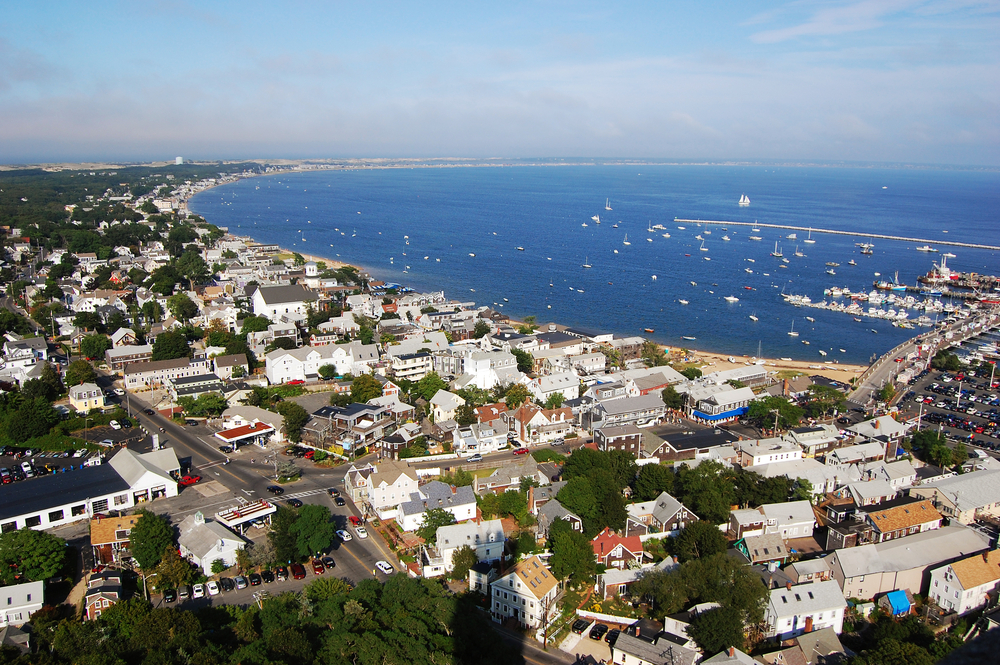Arabian riviera: Key to “second-home” tourism
New second-home destination set to attract global interest
Contributors are not employed, compensated or governed by TDM, opinions and statements are from the contributor directly

UAE is set to soon get its very own riviera – Sahel Al Emarat (Riviera of the Emirates) – an untapped 8.6 miles of scenic seashore between Abu Dhabi and Dubai, near the Ghantoot area.
Ideally positioned between two bustling emirates, Sahel Al Emarat is set to encourage residents and visitors alike to call this coastal haven their second home. Developed by Imkan, an Abu Dhabi-based real estate developer with a portfolio of 26 projects spanning four continents, it is poised to highlight an outlook, that is rooted in tradition and culture for the area. This land bank has the potential to provide an unparalleled and authentic cultural, living and tourism experience while paying homage to the UAE’s rich heritage.
“Rivieras can strongly impact economic dynamics “
Jassim Alseddiqi, Board Member of Imkan and CEO of Abu Dhabi Financial Group (ADFG), said: “Rivieras can strongly impact economic dynamics through creating multiple jobs, attracting homeowners seeking an exceptional lifestyle, and presenting both local and international investors with an attractive second-home destination. We expect the 8.6-mile stretch between the two urban emirates – Abu Dhabi and Dubai – to offer an escape from the hustle and bustle of city life.”
Walid El-Hindi, chief executive officer of Imkan, said: “We look forward to revealing the details of the role we will play in shaping Sahel Al Emarat at the upcoming Cityscape Global exhibition in October.”
He added: “Our projects span the residential, retail, hospitality and commercial segments. Delivering on the company’s promise ‘Made for you, here for you’, IMKAN’s research-led approach explores the social behaviours, habits and unique characteristics of the members of its collaborative communities that span diverse fields ranging from fashion and food to design and technology. ”
Magic of riviera
The word ‘riviera’ (sahel in Arabic) mostly evokes images – as seen in countless movies and magazine shoots – of brightly coloured houses cascading down a mountainside to the sea, and fishing villages that appear to be plucked from an older, simpler point in time. Most rivieras are associated with countries, such as ‘French’ or ‘Italian’, reinforcing the idea of an exotic tourist locale or a second-home destination.
Rivieras can be found all over the world. For instance, the Hamptons in the US state of New York has long been the place to escape the hectic life and scorching summer heat of New York City. From the North Fork – with its fishing villages and quaint towns – to the South Fork, where residents and visitors indulge in golf, equestrian sports, boating and fine dining, there is something for everyone. Once a second-home escape for refuge-seeking urbanites, more school options, an improved infrastructure and the ability to telecommute are motivating Manhattan residents to relocate permanently.

Much is the same with Cape Cod in the US state of Massachusetts that had a permanent population of around 47,000 back in the 1950s. Now, 58,500 of the area’s approximately 160,000 homes are used seasonally. A 2017 story in the Cape Cod Times reported that nearly 20% of the almost 1,300 second-home owners surveyed plan on converting the home to a primary residence, which translates to 11,000 more year-round homes and 20,000 more people on the Cape in the next 20 years.
In addition, whether it is the Mexican Riviera around Acapulco or the Chinese Riviera of Zhuhai, these coastal areas generate income for their local economies from tourism expenditure as well as the export and import of related goods. Taxes derived from tourism employment income along with taxes and duties on goods and services add to the bottom line for those regions. Their value as second-home investment destinations remains solid even during times of recession.
Second-home tourism has long been a significant part of the economic base for many of these regions. Considering themselves ‘semi-residents’ rather than tourists, second-home owners have an equal and vested interest in ensuring that the surrounding environment is well-maintained and developed in a sustainable manner.


Comments are closed.